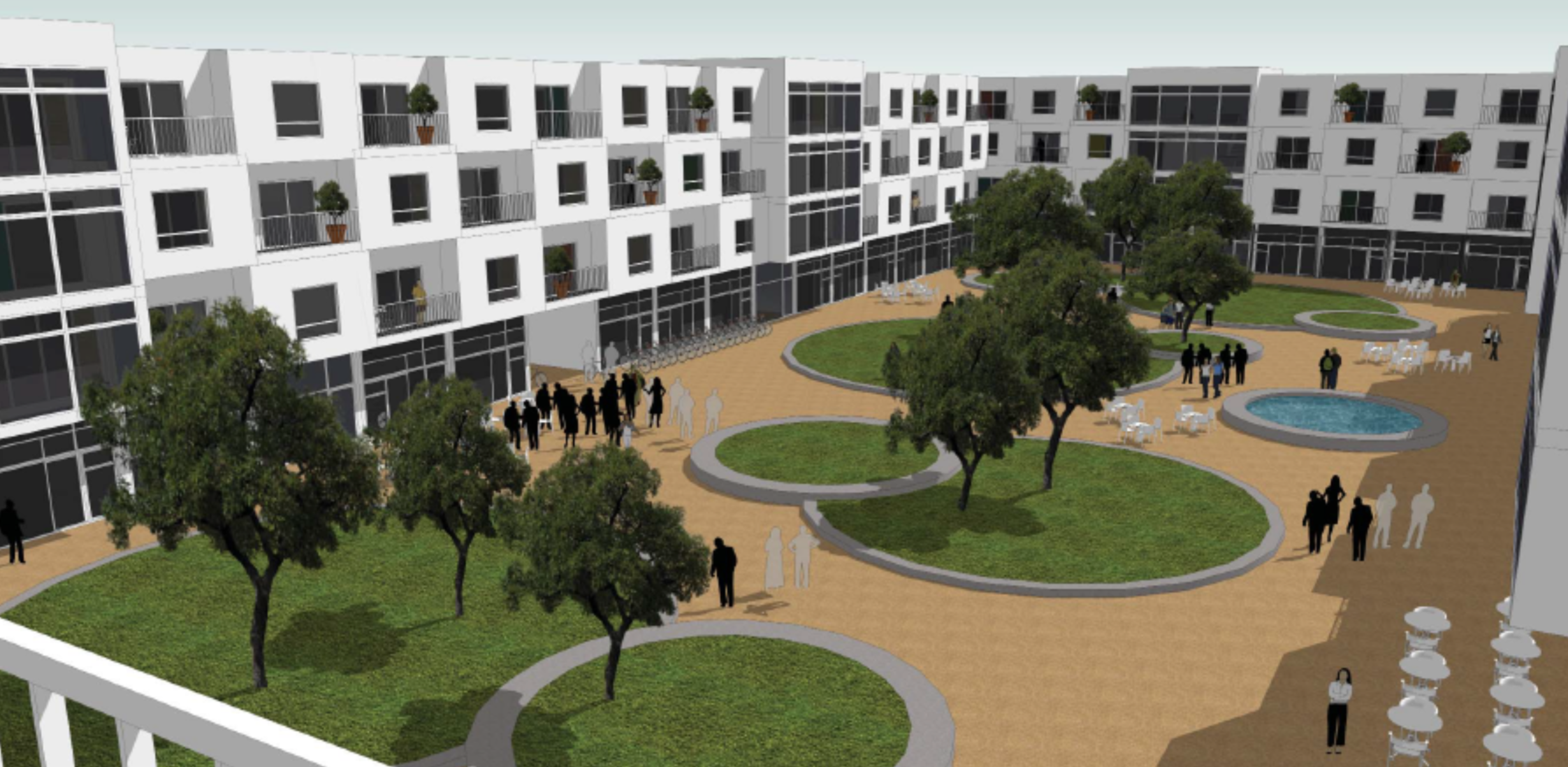Scandinavian Property Development Bonds – Everything You Need To Know
What are Property Development Bonds?
Property development bonds are high-interest, short-term loans for developers to start or continue their projects. Developers are willing to pay 10-15% annually to borrow money for 12-24 months. After this, they can secure cheaper financing from a traditional bank.
Why are the interest rates so high?
When an individual person buys a house, they get a mortgage from the bank. Lending restrictions means a bank cannot lend more than a certain percentage of the property value. This is why people need to save up for a down-payment.
Property developers need to provide a down-payment. Banks require a higher down-payment as percentage of the property value than a regular person buying a primary residence. Property developers do not want to tie-up their working capital in a down-payment, so they are take out these high-interest loans from other sources.
Once they have this down-payment, they can borrow the rest of the money from a bank at a lower rate. This is why the high-interest loan is known as “hard money”. Developers need hard money for leveraging into a “soft money” loan from a bank.
Previously, property developers would rely on private equity or family offices for hard money lending. Even though the rates seem high, it’s still a better deal for developers who were paying 15-20% for hard money from traditional sources.
Why are the maturity lengths short and variable?
Property developers do not want to pay the higher interests any longer than they have to.
Depending on the project, the maturity length of the Property Development Bond will typically range from 12-24 months. Property developers will try to re-finance their project as soon as possible, so the Property Development Bond will usually allow an option for early repayment of capital. This is usually up to 6 months early, but varies for each project.
Property developers may require more time to secure cheaper financing. Property Development Bonds will usually allow property developers to extend the maturity length. Again this is usually up to 6 months, but varies for each project.
The Property Development Bond will pay the agreed interest rate, even if it matures early or late. Some projects will pay a bonus coupon in addition to the regular coupons if they redeem early.
Why are property developers willing to pay such high rates?
For a property developer, this is just another expense.
Most of the money for the project will come through low-interest bank loans. After the development makes some progress, the developer can have the property re-appraised at a higher value. Using the new higher value, the property developer get re-finance a larger loan from the bank at a lower rate. Part of this new loan will be used to repay to pay the higher interest bond.

Why are banks not able to provide this “hard money” lending to property developers?
Banks cannot lend all the money a property developer needs for a project because it is considered speculative.
After the financial crisis, the Basel III framework made it harder for banks to lend to property developers. The new Basel III framework restricts lending by limiting how low banks can drive their capital requirements by measuring asset risk with their own statistical models. For example, a bank must now reserve $6 million in capital to make a $50 million High Value Commercial Real Estate loan, rather than the $4 million it would be required to reserve for a typical commercial loan. This means a HVCRE will “cost” a bank 50% more in capital requirements.
Why do Scandinavian Property Development Bonds offer higher yields than other Property Development Bonds?
Before Basel III, national regulators had been allowed to assign risk weightings for mortgages using their own national statistical models based on domestic defaults. Scandinavian countries have historically lower rates of defaults, so their regulators had lower capital requirements. Implementing Basel III meant Scandinavian financial regulators have required banks to increase their capital requirements. This means it is harder for property developers to raise funds from the banks, so they are requiring more hard-money than before.
What kind of due diligence is performed on the property developer?
All transactions are subject to due diligence carried out by the legal advisor for the project. The legal advisor is usually an experienced leading Scandinavian law firm experienced in large and complex commercial transactions. The legal advisor will independently review and confirm the appropriate permits/license, any legal disputes, and property developer’s management/employees.
This process is based around a number of key questions:
Which parts of the issuing company are most important for generating and maintaining cash flows?
How can the company’s values be identified and legally secured?
How can these values be protected in the future?
Most of the Scandinavian property developers are publicly listed, so there is a higher level of transparency and governance.
How is my investment protected?
Usually a trustee is involved, often a professional corporate service provider. The role of the trustee is to protect the rights of the lenders and to ensure that the issuer complies with its obligations under the loan terms. If necessary, the trustee can take legal action on behalf of lenders.
During the transaction, the loan proceeds are deposited in a secure escrow (trust) account prior to being transferred to the issuer.
Once all loan conditions are met and collateral has been pledged, the trustee approves final transfer of the loan proceeds to the issuer.
A disbursement schedule ensures that loan proceeds are used for the intended purpose (for example, a specific property acquisition).
Investors receive interest on their Property Development Bond from the issue date, not when transferred to the issuer.
Each project also has an independent auditor appointed to ensure ongoing compliance.
What are the risks?
Every investment decision has risks, even the decision not to invest. Each individual project has it’s own risks which are detailed in the respective presentation and term sheet. The common risks for most projects include credit risks, planning/development risks, and macro economic risks.
There is financial risk that investors in Property Development Bonds could lose money if the property developer defaults on its bonds. However, this risk is reduced because the investor is holding debt, not equity. In the event of a property developer declaring insolvency, debt-holders would be repaid ahead of the equity-holders (owners) of the company.
We try to minimise this risk through due diligence and an independent trustee. We have not experienced a default, but in the unlikely event a property developer does default on a bond, the pledged collateral can provide compensation through liquidation.
Property Development Bonds are not an investment as liquid as normal equities and bonds due their specific nature. It may not be possible to sell the bonds before maturity, or maturity may be delayed due to circumstances beyond control of the investor.
We are happy to discuss the particular risks and investment returns for each project in more detail.
How can I receive more information about Property Development Bonds?
We send out details for each project we are involved in. You can request to join our mailing list to receive updates.
We are also available to speak with you about Property Development Bonds or any particular projects.
Do you have other projects available for investment besides Property Development Bonds?
Yes. Most projects are Property Development Bonds, but we also have some Corporate Development Bonds not related to property development. These are usually for companies requiring short-term working capital to build operational capacity. These bonds offer similar interest rates, short maturity lengths, and full due diligence.
Details for any new Corporate Development Bonds are sent out to our mailing list, please join it to receive updates.
Which projects are currently available for investment?
We usually raise money for 1-2 projects every month. We send out advance notice to our mailing list as soon as the details are finalized. Every project has a closing date for subscription (investment), but may close sooner if the full investment amount is reached earlier. Once a project is fully subscribed, it is no longer available for investment.
What is the best way to invest in Property Development Bonds?
Property Development Bonds can be directly invested, usually for a minimum of $100,000 or €100,000. However, rules about being a “qualified investor” vary from country to country. The interest payments may also be taxable depending on residency.
For more information please contact us via the contact form.
What is required to invest in a Property Development Bond?
There is a simple application form we can help you prepare online. We are required to collect due diligence:
- Proof of Identity (copy of passport or government issued ID)
- Verification of Address (usually a utility bill or bank statement showing your name and address)
- Source of Wealth (proof of wealth may be required depending on country of residency and size of investment)
All documents can be submitted online, no need to send originals.
What happens after I make the investment?
Shoreline will provide all ongoing service and communication about the property developer, the project, and the coupon payments. You will also have online access to your Property Development Bonds and earned income. You will have a dedicated person at Shoreline to contact regarding any other issues or concerns. We are interested in building long-term relationships with our investors, good advice and service is the best way to do this.
Do you provide tax advice?
No. We have experience in many jurisdictions and can offer some guidance, but we are not tax advisors.
How can I find out more?
You can join our mailing list to receive information on new projects, and updates on existing projects or contact us via the contact form.










